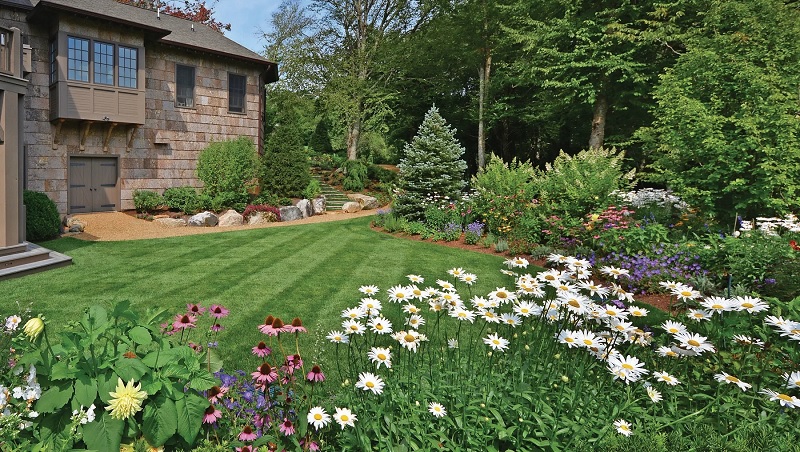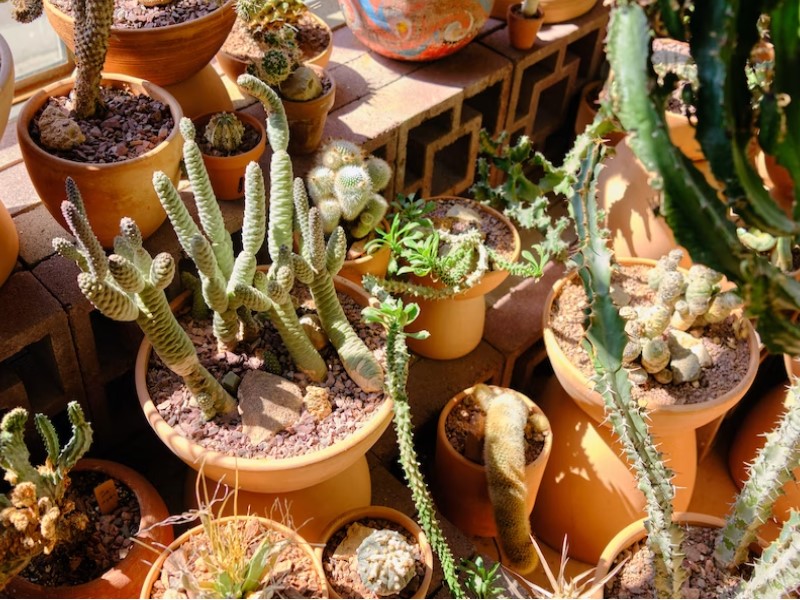In the face of increasing urbanization and habitat loss, wildlife-friendly landscaping has emerged as a crucial strategy to support biodiversity and create a harmonious coexistence between humans and nature.
This approach involves designing and managing outdoor spaces in a way that welcomes and nurtures local flora and fauna, promoting ecological balance and sustainability. By prioritizing native plants, providing habitat resources, and minimizing harmful practices, wildlife-friendly landscaping offers numerous benefits for both the environment and human well-being.

Wildlife-friendly Landscaping, Support Biodiversity
One of the fundamental principles of wildlife-friendly landscapes is the use of native plants. Indigenous species have co-evolved with local wildlife, providing essential food and shelter. They are adapted to the region’s climate and soil, requiring less water and maintenance compared to exotic plants.
By incorporating a diverse array of native species. Such as flowering plants, shrubs, and trees, the landscape becomes an inviting refuge for birds, butterflies, bees, and other pollinators. These creatures, in turn, contribute to pollination and seed dispersal, supporting healthy ecosystems.
Combine Different Habitats
Incorporating various habitats within the landscape is another key aspect of wildlife-friendly design. By creating a mosaic of different elements, such as meadows, wetlands, and woodlands, a more comprehensive range of species can find a suitable home.
Birdhouses, bat boxes, and bee hotels provide additional nesting opportunities, while ponds and water features attract amphibians and dragonflies. By establishing a balanced ecosystem within our own backyards, we can encourage wildlife movement, helping populations thrive and preventing isolated habitats.
Avoid the Use of Hazardous Chemicals
To minimize the adverse effects of traditional landscaping practices, wildlife-friendly approaches avoid the use of harmful chemicals, such as pesticides and herbicides. Instead, natural pest control methods like introducing beneficial insects and planting companion species are encouraged. Integrated Pest Management (IPM) principles prioritize prevention and non-chemical interventions, ensuring a healthier environment for both humans and wildlife.
A wildlife-friendly landscape also involves responsible water management. Utilizing rain barrels, drip irrigation, and efficient watering techniques reduces water consumption while sustaining plant life. Additionally, permeable surfaces like gravel paths and rain gardens allow rainwater to infiltrate the soil, preventing runoff and soil erosion. This not only conserves water resources but also prevents pollutants from entering waterways, safeguarding aquatic ecosystems.
Providing Recreational and Relaxation Opportunities
Beyond environmental benefits, wildlife-friendly landscapes contribute to human well-being. Green spaces enhance mental health and provide opportunities for recreation and relaxation. Observing wildlife in our gardens can bring joy and a sense of connection with the natural world. Furthermore, by supporting local ecosystems, we create a more resilient environment that can better withstand the impacts of climate change.
Community engagement plays a vital role in promoting wildlife-friendly landscaping. By sharing knowledge and experiences, individuals can inspire and educate others to adopt these practices. Schools, local organizations, and municipalities can collaborate to create wildlife corridors and green networks, connecting landscapes to form a larger habitat mosaic, benefiting numerous species and enhancing biodiversity conservation.
Wildlife-friendly landscaping is a powerful tool for conserving biodiversity and promoting ecological balance in urban and suburban areas. By embracing native plants, providing diverse habitats, and avoiding harmful practices, we can create havens for wildlife and foster a deeper connection with nature.


